Japan is world-famous for its cultural wealth, futuristic urban centers, and its striking capacity to integrate tradition and modernity seamlessly. All these elements work in unison to bring in global tourists in record numbers especially during marquee events such as the Tokyo Olympics, World Expo, cherry blossom viewing, and mega festivals such as Kyoto’s Gion Matsuri. However, such events have the consequence of triggering an avalanche of tourists, which leads to congestion, strain on transport infrastructure, and tension for the resident populations.
To achieve a balance between tourism and livability, Japan has put in place robust strategies to effectively and sustainably manage tourist numbers.
1. World-Class Transport Infrastructure and Timed Entry Systems
Japan’s public transportation is world-renowned for its precision and quantity. During times of peak demand:
- Additional trains and buses are added to high-demand routes.
- Timed ticketing systems are used for attractions and high-traffic areas to regulate entry flow (e.g., at Tokyo Skytree or theme parks).
- Train stations enhance multilingual signage and real-time human flow monitoring to assist international tourists.
- For mega-events like the Tokyo Olympics, Japan enhanced AI-driven traffic prediction models to anticipate bottlenecks and adjust services dynamically.
2. Decentralization of Tourist Traffic
To avoid overburdening key cities like Tokyo, Kyoto, and Osaka, Japan has:
- Promoted regional tourism with national campaigns like “Rediscover Japan.”
- Highlighted off-the-beaten-path locations in rural prefectures and coastal cities, with a focus on local culture, food, and outdoor adventure.
- Offered transport discounts and regional JR passes to promote travel outside principal centers.
- Not only does this disperse visitor flow, but it also resuscitates rural economies.
3. Event-Specific Urban Planning and Zoning
For major festivals or expos, cities establish temporary infrastructure months in advance:
- Pedestrian-only zones are roped off in areas expecting heavy foot traffic.
- Info booths and health first-aid stations are set up around sites.
- Local governments collaborate with volunteers and multilingual staff to direct international tourists.
For example, at Gion Matsuri in Kyoto, strict crowd-flow directions and secondary entrances are implemented for safety and efficiency.
4. Smart Technology and Data-Driven Management
Japan embraces the newest technology to manage crowds:
- Real-time crowd mapping software warns visitors about congested areas and offers alternatives.
- QR-based entry tickets and mobile passes manage queues efficiently.
- Facial recognition at airports and event venues expedites security processes and reduces waiting time.
Japan Official Travel App and local transport apps integrate event notifications, transportation pathways, and emergency services in multiple languages.
5. Regulation of Accommodation and Booking
In order to prevent accommodation shortages and price inflation:
- Hotels and guest houses in event areas are regulated for price transparency and adherence to licensing.
- Japan promotes home-sharing under registered schemes like “minpaku” (private lodging) in suburban areas.
- Event-based accommodation packages are pre-booked with fixed rates, spreading bookings evenly.
6. Local Resident and Community Involvement
Japanese tourism officials involve the local communities in planning, such as:
- Public consultations before mega events to share concerns
- Volunteer-led cultural exchange programs for respectful interaction with tourists
- Simple codes of conduct in multiple languages for maintaining decorum at religious and cultural places
This community involvement creates a more welcoming environment and reduces cultural tension.
7. Emergency Preparedness and Sanitary Measures
Japan is highly risk-averse and ensures safety by:
- Earthquake response procedures integrated into event planning
- On-site medical tents, bilingual staff, and emergency evacuation signage
- Health screening, especially during pandemics or influenza seasons
During COVID-19, Japan demonstrated world-class crowd distancing, sanitation, and contact-tracing protocols during events such as the Tokyo Olympics 2021.
Japan’s meticulous planning, integration of technology, and regard for residents and visitors alike are the pillars of its tourism surge management efforts. As it continues to host world-class events and millions of visitors annually, its ability to evolve and innovate ensures tourism remains an asset not a burden.
For visitors, that means more frictionless experiences, safe travels, and greater opportunities to explore Japan’s rich cultural fabric even during its busiest times.


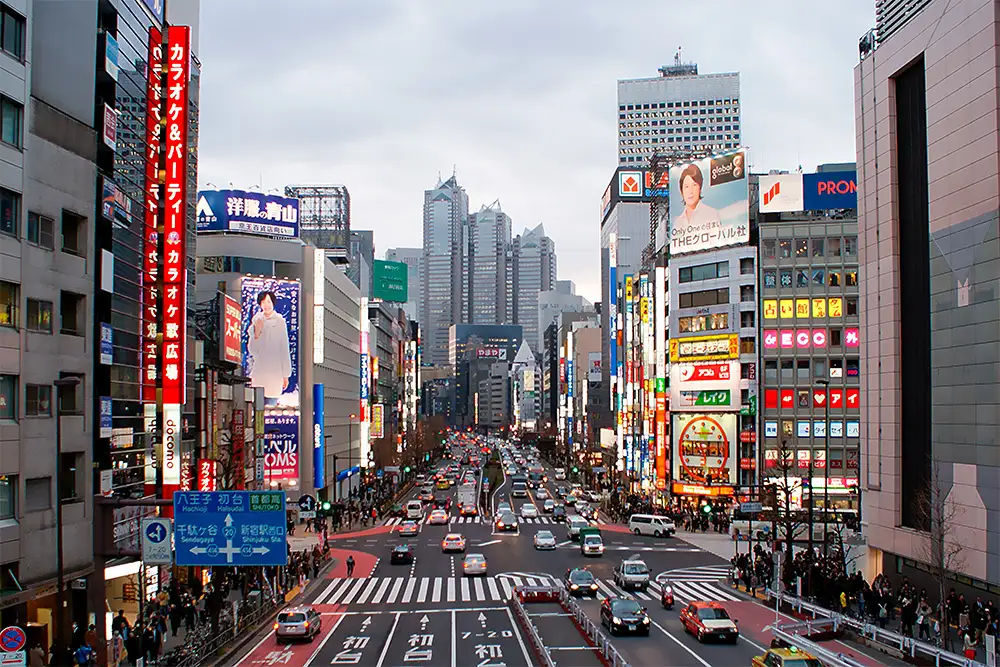
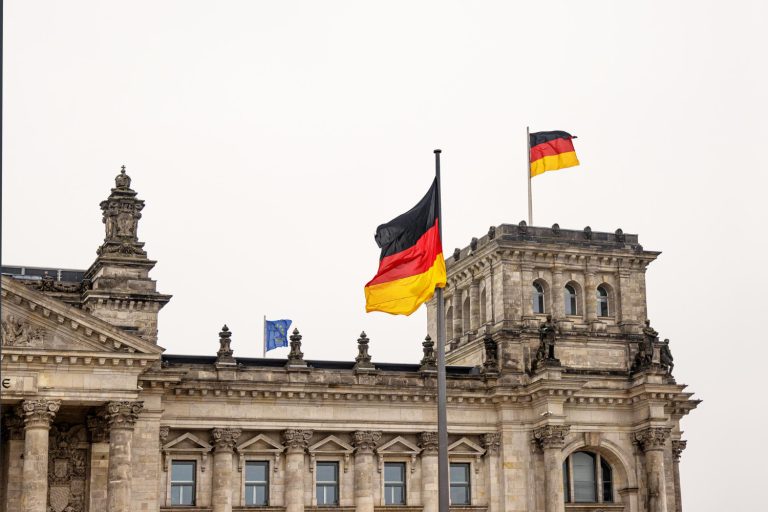
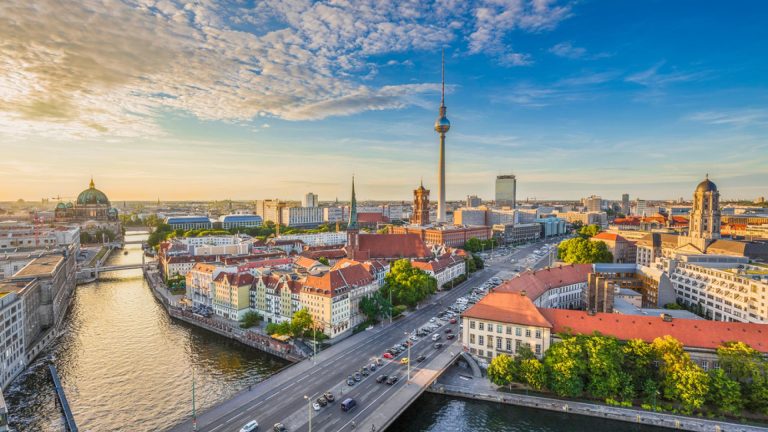
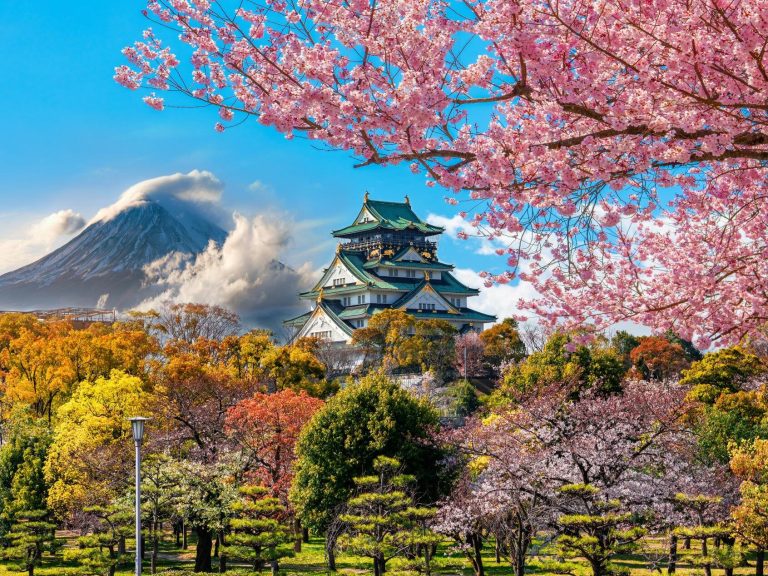

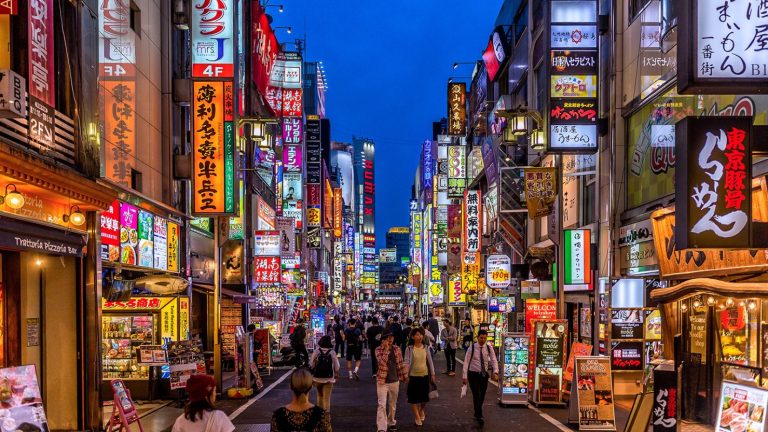

Leave a Comment